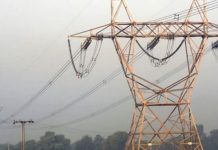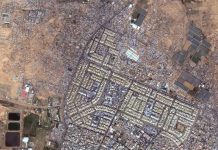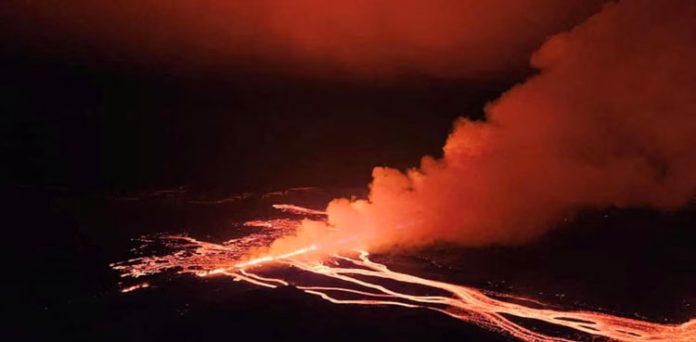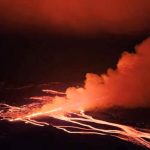Lava flows from a volcano in southwest Iceland that had lit up the night sky on Saturday slowed on Sunday while man-made barriers appeared to be successful in steering the lava away from infrastructure including a nearby fishing town.
The eruption – the fourth since December – began on Saturday evening, sending fountains of molten rock soaring from a roughly 3 km-long (1.9 mile) fissure, roughly the same size and at the same place as the last eruption in February.
“The eruption was quite energetic, and there was a lot of material coming out, more than in the previous eruption. So lava was flowing quite fast,” Halldor Geirsson, associate professor at the Institute of Earth Sciences at the University of Iceland, told Reuters.
Authorities had warned for weeks that an eruption was imminent on the Reykjanes peninsula just south of Iceland’s capital Reykjavik, as magma had been accumulating underground.
Livestream video early on Sunday showed lava flowing just a few hundred metres from Grindavik, a fishing town of some 4,000 residents that was evacuated during an eruption in November and again for the last eruption in February. A few residents who had since returned home were evacuated on Saturday, public broadcaster RUV reported.
“The rate of the lava flow is getting lower and lower,” said Geirsson. “Most of the flow is going east of the town towards the sea, so it looks like the barriers are doing the job they were designed for.”
Authorities were also monitoring lava flowing towards the peninsula’s Svartsengi geothermal power plant, The Icelandic Meteorological Office said.
Volcanic outbreaks in the Reykjanes peninsula are so-called fissure eruptions, which do not usually cause large explosions or significant dispersal of ash into the stratosphere.
Around noon on Sunday (1200 GMT), the activity on the fissure had decreased and lava was flowing from three places, the met office said in a statement.
Keflavik Airport and regional airports in Iceland were not impacted and remained fully operational, airport operator Isavia’s website showed on Sunday.
The nearby Blue Lagoon geothermal spa, one of Iceland’s major tourist attractions, closed as it did during previous eruptions.
The February eruption cut off heating to more than 20,000 people as lava flows destroyed roads and pipelines.





























